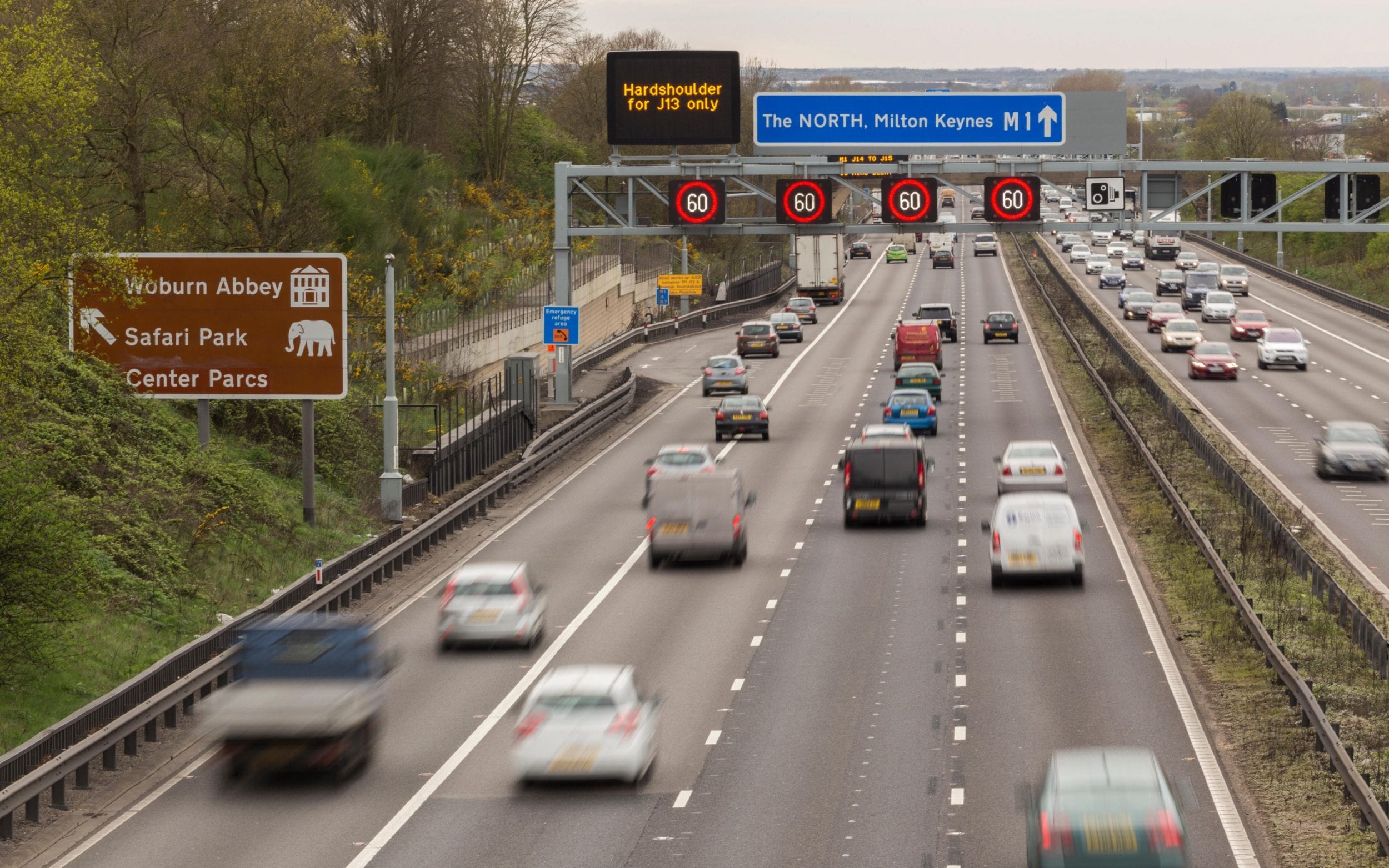
IAM RoadSmart conducted a survey of 1,004 motorists on which roads they are most worried about driving on. 60% of respondents expressed concern about getting behind the wheel, in some form.
33% of those surveyed reported that they are most worried about driving on smart motorways, making this the road type motorists fear driving on the most, by some distance. This compares starkly with the 6% of drivers who are worried about driving motorways with a hard shoulder.
Neil Greig, Director of Policy and Research at IAM RoadSmart, had this to say:
“One death on a smart motorway is one too many, so we welcome May’s update from National Highways on the smart motorway Stocktake and Action Plan, outlining their progress on delivering safer smart motorways.
We are now seeing the delivery of safety technology that was promised when the motorway designs were first proposed. Later this year, every existing smart motorway will have Stopped Vehicle Detection (SVD) technology fitted to alert drivers of incidents ahead. Combined with a 50% increase in emergency refuges by the end of 2025, increased signage and upgraded enforcement cameras, smart motorways can now be seen as a much safer way to travel.
For these systems to keep drivers moving safely, the measures must be reliable. IAM RoadSmart supported a 5-year moratorium on new smart motorway building to allow a full safety picture to be evaluated and real-world lessons to be learned. National Highways must now use this time to drive down casualty rates even further and improve the maintenance and performance of its often-ageing safety-related infrastructure.
Statistics may show that smart motorways see fewer fatal crashes than conventional motorways, but far too many drivers don’t feel safe on them. It is vital that National Highways build on this report to keep the public informed and continue to raise awareness of how to drive safely on smart motorways, so drivers feel confident to use these major national routes rather than avoiding them and travelling on riskier A-roads.
Advice for driving safely and legally on smart motorways
Never drive in a lane closed by a red X.
A red X sign indicates that a lane is closed to traffic. You must stay out of that lane as there may be an incident, people working ahead, or the lane needs to be clear for maintenance or emergency services.
It’s illegal to drive in a lane closed by a red X sign. If you’re caught, you could receive a fixed penalty of up to £100 and three points, and in some cases more severe penalties or a court appearance.
Keep to the speed limits shown on the signs.
Variable speed limits on certain sections of the motorway help to steady the flow of traffic and reduce ‘stop-start’ traffic jams. These limits can be set at busy times, in conjunction with a red X sign or to manage a hazard or incident. A speed limit displayed inside a red circle is legally enforceable. If you go over the speed limit, you’re breaking the law and could receive a fine.
If no speed limits are displayed, then the national speed limit applies. When speed limits are displayed, they remain in place until you are notified that they have ended, or a different speed limit is displayed.
Always drive to a safe speed according to the conditions and be aware of your stopping distances.
Hard shoulder use and emergency areas.
A hard shoulder is always clearly identified with a solid white unbroken line.
On some busier sections of our motorways, the hard shoulder is open to traffic temporarily. If the hard shoulder is open for use, you’ll see a speed limit displayed above it. If there’s nothing displayed above it, or a red X is displayed, then you should only use the hard shoulder in an emergency.
On sections of the motorway where the hard shoulder has been converted into a permanent extra lane, this is marked with a broken white line. In this case, emergency areas are spaced regularly and are clearly marked with blue signs featuring an orange SOS telephone symbol.
If possible, always try to get to an emergency area, even if the hard shoulder is not open to traffic. Emergency areas are set back from the carriageway and provide better protection than the hard shoulder.
Breaking down on a motorway.
If your vehicle has a problem on a motorway with no hard shoulder:
- Move into the left-hand lane and put your hazard lights on.
- Exit at the next junction/services or follow the orange SOS signs to an emergency area and call for help using the free telephone.
If you can’t get off the motorway or to an emergency area:
- Move your vehicle as close as possible to the left-hand verge, boundary or slip road.
- If you feel you can get out safely, exit your vehicle via the left-hand door, and wait behind the safety barrier if there is one and it is safe to do so.
- Call 999 immediately
If your car stops unexpectedly in any lane and it is not safe to get out:
- Keep your seatbelts and hazard lights on
- Call 999 immediately
- The lane will be closed, and help will be sent.
Be confident on the motorway:
As a business driver or fleet manager are you confident you know how to drive safely on the motorway? Do you or your fleet understand motorway driving rules, especially on new smart motorways?
IAM RoadSmart provides a Driving for Work course that offers a comprehensive training session for business and fleet drivers. Every organisation has drivers whose development needs relate to a specific skill, this could be a result of their risk profile, a history of certain types of driving incidents, or simply the desire for a refresher in a given area.


